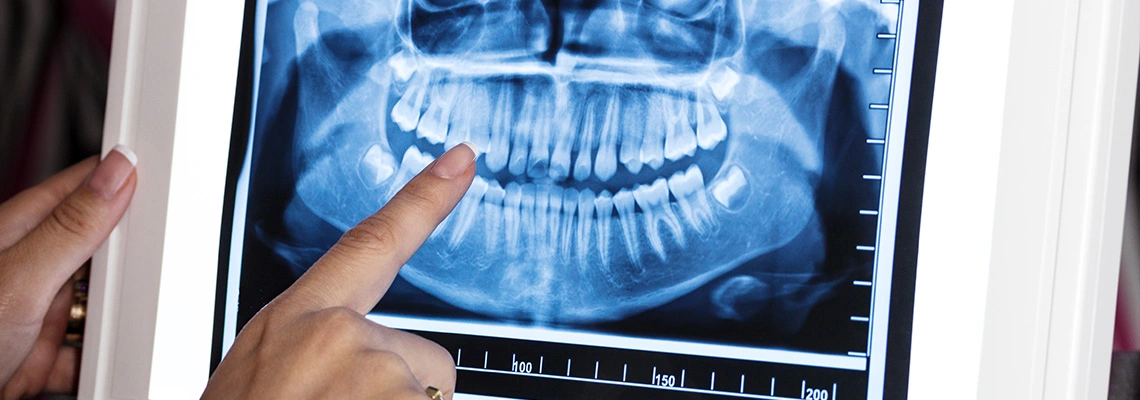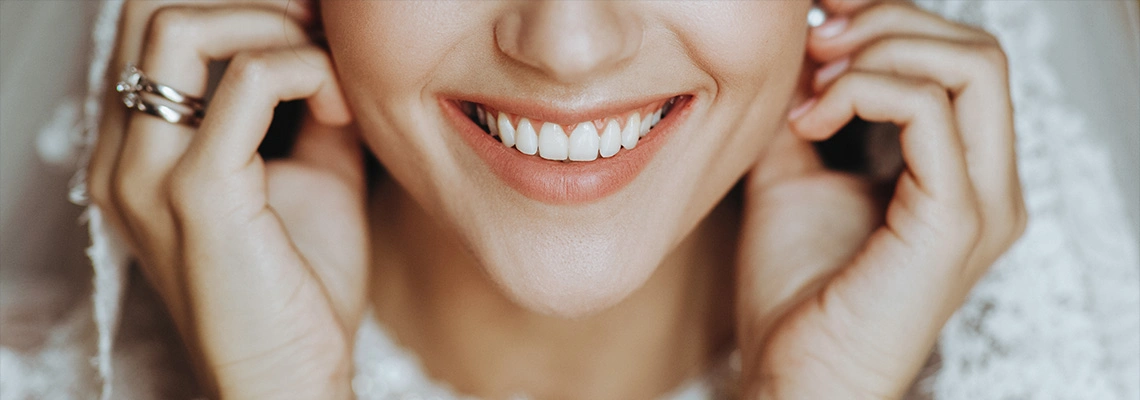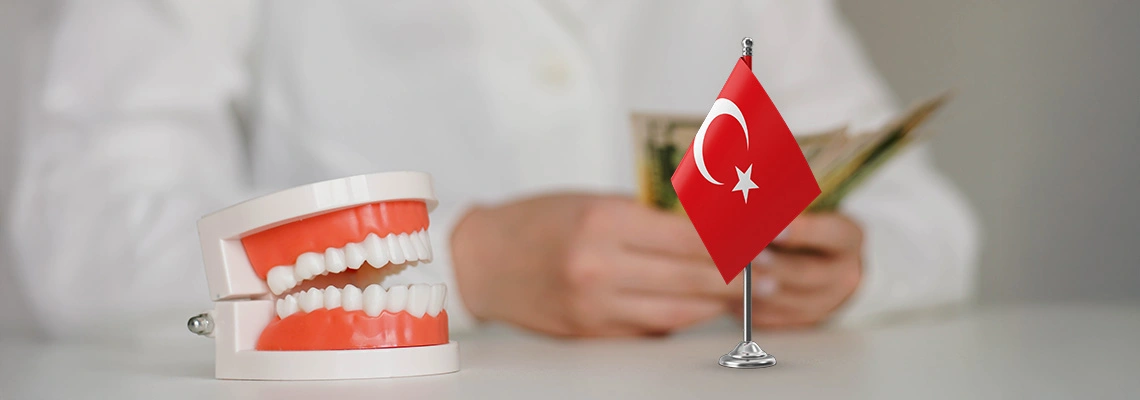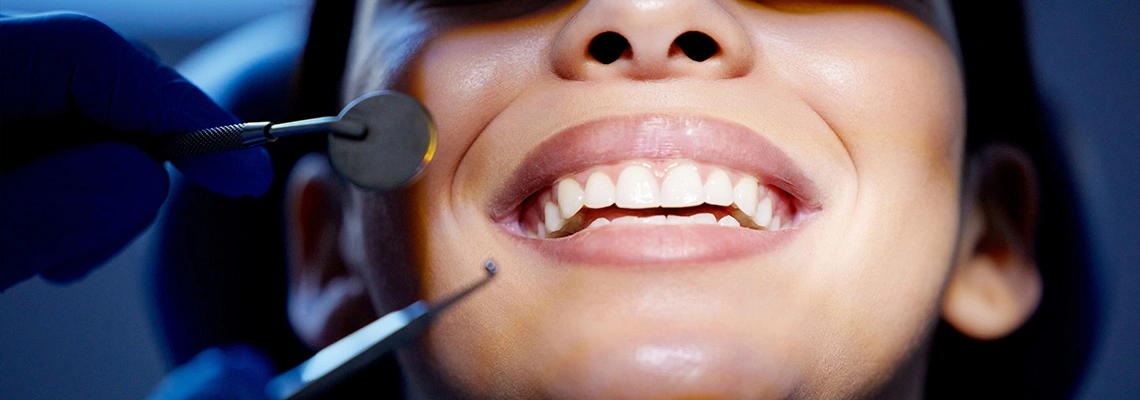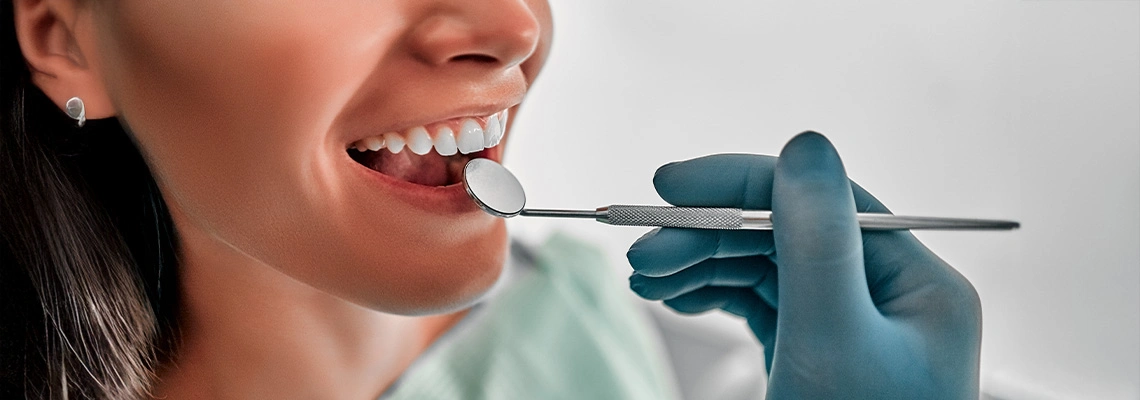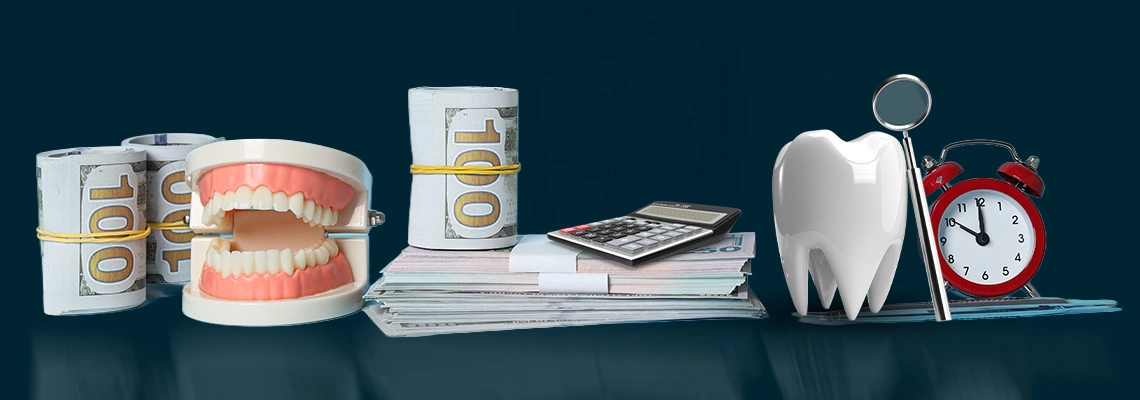Learn about Eyelid surgery recovery! Undergoing eyelid surgery, also known as blepharoplasty, can be a transformative experience. Whether you opt for upper or lower eyelid surgery or both, it's important to understand the recovery process and what to expect in the days, weeks, and months following the procedure. In this comprehensive guide, we will explore the timeline of eyelid surgery recovery, discuss the fastest ways to recover, address concerns about pain, and outline the necessary restrictions during the healing period.
Table of contents
- Eyelid surgery recovery time
- Lower & Upper Eyelid surgery recovery day by day
- One week after eyelid surgery
- Two Weeks After Eyelid Surgery
- One month after eyelid surgery
- What is the fastest way to recover from eyelid surgery?
- How painful is eyelid lift surgery?
- What are the restrictions after eyelid surgery?
Eyelid Surgery Recovery Time
The recovery time for eyelid surgery can vary from person to person. However, most individuals can expect a gradual healing process that typically spans several weeks. Understanding the general timeline of recovery can help manage expectations and provide reassurance.
Lower & Upper Eyelid Surgery Recovery Day by Day
During the recovery process of both lower and upper eyelid surgery, each day brings gradual healing and progress. Let's delve into the day-by-day journey of eyelid surgery recovery, understanding the changes and improvements that occur along the way.

One Week After Eyelid Surgery
During the initial week of recovery, it is normal to experience swelling, bruising, and some discomfort. Cold compresses and prescribed pain medications can help alleviate these symptoms. It is crucial to follow post-operative care instructions, including keeping the surgical area clean and avoiding strenuous activities.
Two Weeks After Eyelid Surgery
By the second week, the swelling and bruising should start to subside. However, some residual swelling may persist. Incisions will begin to heal, and sutures may be removed. It is important to continue following your surgeon's guidelines for wound care and avoiding activities that can strain the surgical area.
One month after eyelid surgery
By the one-month mark, significant improvements should be noticeable. Swelling and bruising should have subsided, and incision lines will continue to fade. It is essential to attend follow-up appointments with your surgeon to monitor your progress and address any concerns.
Related articles:
What is the Fastest Way to Recover from Eyelid Surgery?
While each individual's healing process is unique, there are several measures you can take to facilitate a faster recovery:
-
Follow Post-Operative Care Instructions: Adhering to your surgeon's instructions is paramount. This includes properly caring for the incision sites, applying prescribed ointments, and avoiding activities that could strain the surgical area.
-
Apply Cold Compresses: Cold compresses can help reduce swelling and minimize discomfort. Use them as directed by your surgeon to promote healing.
-
Protect Your Eyes: Wearing sunglasses and avoiding direct sunlight can protect your eyes from irritation and excessive exposure during the healing process.
-
Maintain a Healthy Lifestyle: A nutritious diet, regular exercise (as approved by your surgeon), and sufficient rest can contribute to overall healing and well-being.
How Painful is Eyelid Lift Surgery?
While discomfort is to be expected during the initial stages of eyelid surgery recovery, the level of pain varies from person to person. Most individuals report mild to moderate pain, which can be managed effectively with prescribed pain medications. It is important to communicate any pain or discomfort with your surgeon to ensure appropriate pain management.

What are the Restrictions After Eyelid Surgery?
To optimize the healing process and minimize complications, your surgeon may provide specific instructions and restrictions, which may include:
-
Avoiding Strenuous Activities: Engaging in vigorous exercise, heavy lifting, or activities that increase blood pressure should be avoided during the initial recovery period.
-
Protecting Your Eyes: Avoid rubbing or touching your eyes and wear sunglasses when exposed to sunlight or windy conditions to prevent irritation and potential complications.
-
Medication and Skincare: Follow your surgeon's guidelines regarding the use of prescribed medications, ointments, and skincare products near the surgical area.
-
Contact Lenses: Avoid wearing contact lenses until your surgeon gives the green light, as they can irritate the eyes and hinder the healing process.
Eyelid surgery recovery requires patience, proper care, and adherence to your surgeon's instructions. By understanding the recovery timeline, adopting healthy habits, managing discomfort, and following restrictions, you can support your body's natural healing process and achieve optimal results. Remember to consult your surgeon for personalized guidance throughout your eyelid surgery recovery journey.
Resources
- Eyelid Surgery
- https://www.plasticsurgery.org/cosmetic-procedures/eyelid-surgery/recovery
- Blepharoplasty
- https://www.mayoclinic.org/tests-procedures/blepharoplasty/about/pac-20385174
- Blepharoplasty (Eyelid Surgery)
- https://www.webmd.com/beauty/cosmetic-procedures-eyelid-surgery

